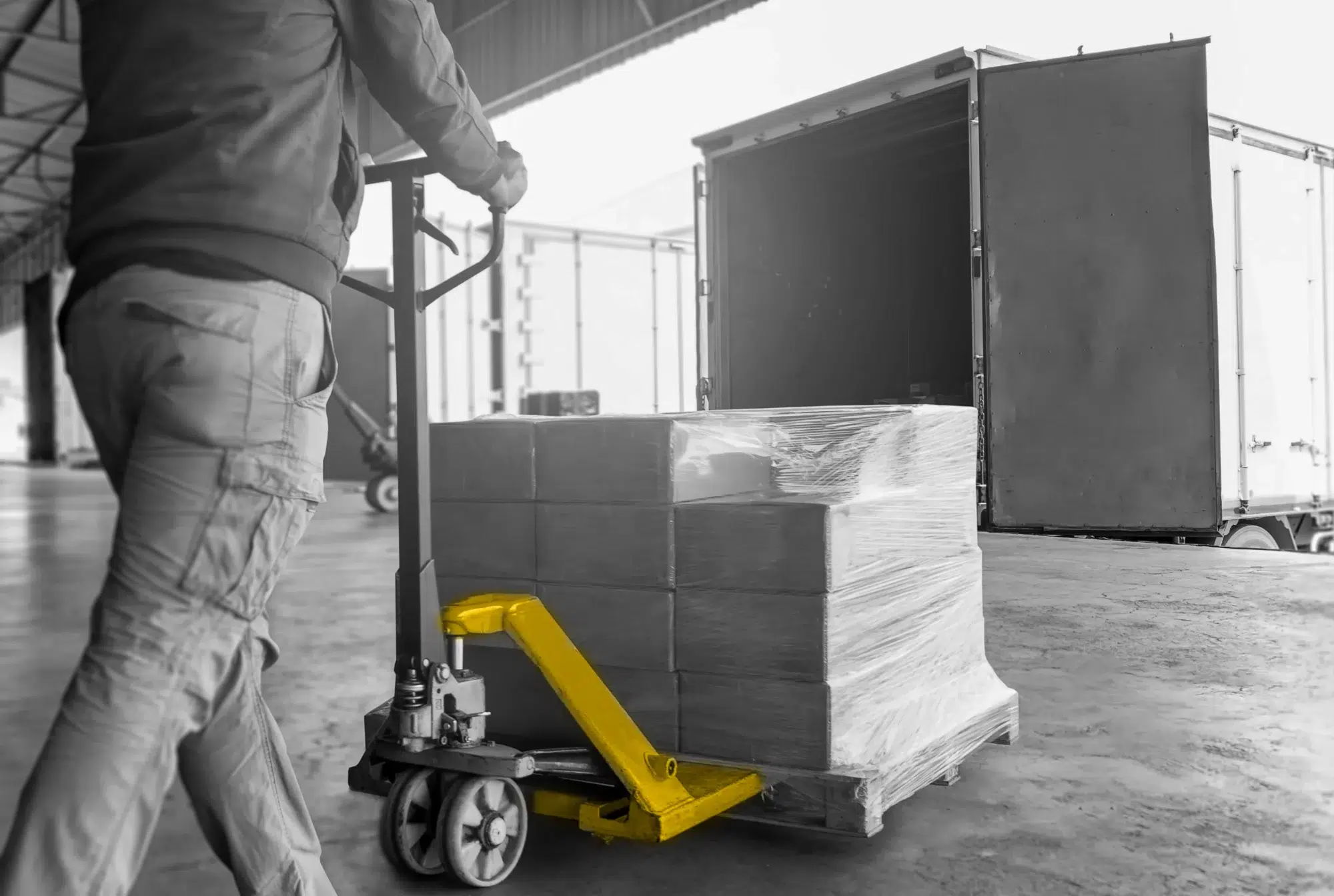
Whether shippers are transporting goods to markets that cannot sustain a warehousing operation or looking to expand into new areas, TRAFFIX’ long-haul LTL (less-than-truckload) consolidation solution can optimize their distribution.
Long-haul transportation of individual LTL shipments can be costly. When orders from their customers in distant markets begin to increase, shippers often struggle to respond quickly and cost-effectively, risking customer relationships.
Our long-haul LTL consolidation may include a combination of LTL, truckload, intermodal, and warehousing services to create a solution that saves shippers both time and money while enhancing the service provided to their customers.
Long-haul LTL transportation from a shipper’s warehousing facilities to customers in distant regions can be costly and hinder their ability to respond to changes in demand. Common challenges shippers face include:
- High costs for transporting multiple LTL shipments to long-haul destinations.
- Longer transit times for LTL compared to truckload, making it less efficient for order fulfillment.
- Difficulty meeting increased customer demand cost-effectively, often resorting to full-truckload or expedited services to maintain relationships.
- Challenges in maintaining critical OTIF (on-time, in-full) KPIs and MABDs (must arrive by dates) at strict retailers, risking fines and damaged relationships.
- Complex carrier management and shipment visibility when using multiple providers.
- Difficulty finding LTL capacity for temperature-sensitive products, such as soda needing freeze protection in winter or chocolate requiring keep-fresh service in summer.

Long-haul LTL consolidation is a customized solution designed to address each shipper’s unique requirements. This method combines LTL shipments into full truckload (FTL) or full container load (FCL) moves, transporting them to a strategically located warehouse within the shipper’s distribution network.
Consolidated LTL: TRAFFIX collects multiple LTL orders, and when needed, additional inventory for storage, from the client’s location, consolidating these into an FTL shipment. This conversion reduces transit time, enabling clients to expedite urgent orders and meet demand surges efficiently.

Intermodal Conversion: Whenever feasible, TRAFFIX converts FTL shipments to FCL loads for rail transport. Rail not only cuts costs but also offers a more environmentally sustainable transportation method, benefiting shippers committed to reducing their carbon footprint.
Temperature Controlled: Converting shipments from LTL to FTL or FCL increases capacity for temperature-controlled freight. While temperature-controlled LTL can be scarce and costly, FTL or FCL temperature control equipment is more readily available and maintains better temperature stability in transit.
Reduce Risk: As long-haul LTL shipments can be transloaded several times, there is an increased risk of damages. Consolidating to an FTL or FCL shipment reduces the number of times the freight will be handled, thus reducing the risk of damages or shortages.
Centralized Distribution: Based on the ship-to addresses in the client’s network, TRAFFIX sets up a third-party warehouse in a central location. Consolidated shipments are transported there and then separated for final delivery by a local carrier.
Besides serving as cross-docking hubs for consolidated LTL shipments, these warehouses can provide storage space, allowing clients to maintain inventory in their customers’ region for quick response to demand spikes. This is an effective way to improve customer service to clients in regions that cannot sustain their own distribution center, or to test new markets without long-term commitments.
Carrier Management: Shippers moving LTL freight to various long-haul destinations often manage multiple carriers. Keeping a close eye on individual shipments and requesting tracking updates can be a time-consuming task. TRAFFIX’ long-haul LTL consolidation solution relieves your team from the complexities of managing carriers, shipments, and tracking, ensuring smoother operations.

Get Expert Solutions for Stress-Free Shipping
With TRAFFIX’ long-haul LTL consolidation, shippers can reduce costs through FTL to intermodal conversion, improve MABD and OTIF performance metrics, increase distribution network flexibility, enhance shipment visibility, and elevate service to their clients.

